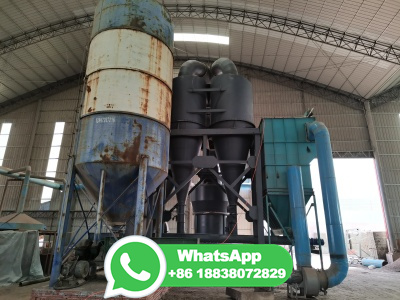Experiences of BioCoal Appliions in the Blast Furnace Process ...
WEBAug 10, 2021 · Metal production, and especially iron orebased steel production, is characterized by high fossil CO2 emissions due of the use of coal and coke in the blast furnace. Steel companies around the world are striving to reduce the CO2 emissions in different ways,, by use of hydrogen in the blast furnace or by production of iron via .





































